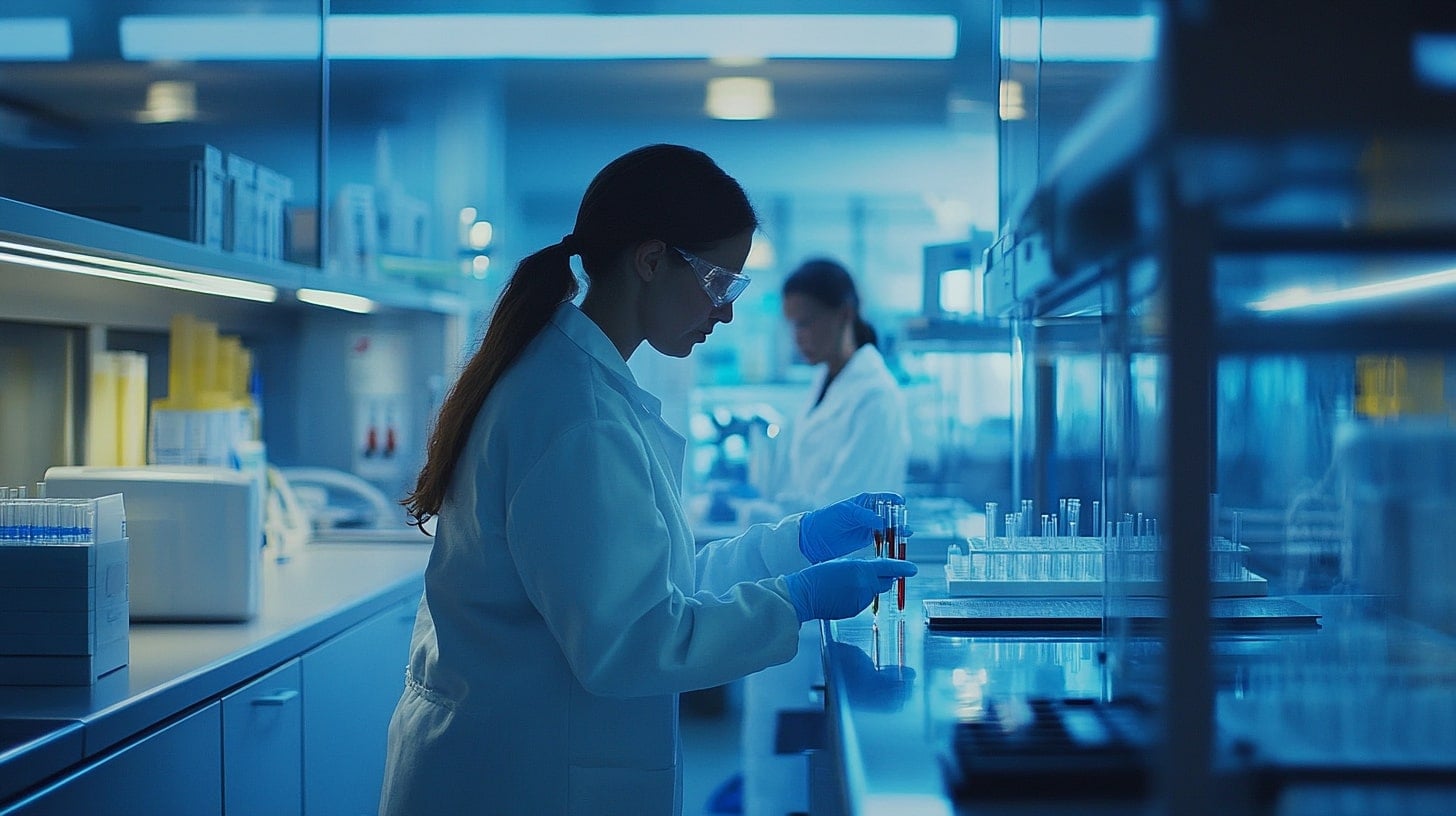How to Handle a False Positive STD Test: A Step-by-Step Guide
Feb 20, 2025
A false positive STD test result can happen due to lab errors or cross-reactivity with other conditions. If you receive a positive result, the first step is to confirm the diagnosis with a follow-up test at a trusted clinic. Seek advice from a healthcare professional and ensure accurate results by using reliable testing resources, such as those recommended by the CDC.
What Is a False Positive STD Test?
A false positive occurs when an STD test incorrectly detects an infection that you do not actually have. Even highly accurate tests - such as 4th-generation HIV tests or PCR-based chlamydia and gonorrhea tests - can occasionally produce incorrect results due to:
Cross-reactivity: Some tests detect antibodies that resemble those of an STD but are actually linked to other infections.
Lab Errors: Contaminated samples, equipment issues, or human mistakes can lead to incorrect results.
Biological Variability: Autoimmune conditions or recent vaccinations can sometimes interfere with test accuracy.
While false positives are rare, they emphasize the importance of confirmatory testing to ensure an accurate diagnosis before starting treatment.
Step-by-Step Guide to Handling a False Positive STD Test
Step 1: Stay Calm and Gather Information
The most important thing to do first is not to panic. False positives can happen, and one test result alone should not be treated as a definitive diagnosis.
Educate yourself on the accuracy of the test you took, including its sensitivity and specificity. For instance, HIV tests have over 99% accuracy, but rare false positives can still occur. The CDC recommends follow-up testing for any positive HIV result to confirm accuracy (CDC HIV Testing).
Step 2: Consult a Healthcare Provider for Follow-Up
Schedule an immediate follow-up consultation with a healthcare provider. Do not assume you are positive until further testing confirms the diagnosis.
Questions to ask your doctor:
✅ What is the likelihood of a false positive with my test?
✅ Are there any factors in my medical history that could have caused an incorrect result?
✅ What confirmatory tests do you recommend?
Your doctor can assess your specific risk factors and order additional tests if needed.
Step 3: Request a Confirmatory Test
Confirmatory testing is crucial for determining whether the initial result was accurate. Depending on the STD in question, your doctor may order:
HIV False Positives: A Western Blot or HIV RNA PCR test can provide clarity.
Chlamydia/Gonorrhea: A second urine PCR test or culture may be performed.
Syphilis: An additional blood test, such as an FTA-ABS test, can confirm the result.
The CDC advises that confirmatory testing is required before starting any treatment for serious infections like HIV or syphilis (CDC STD Testing Guidelines).
For fast, private, and discreet confirmatory testing, consider using STDCheck.com, which offers accurate retesting options nationwide.
Step 4: Review Your Medical History for Possible False Positive Causes
Discuss recent vaccinations, autoimmune conditions, and other infections with your healthcare provider, as these can sometimes cause cross-reactivity in STD tests.
For example:
Autoimmune Disorders: Conditions like lupus can lead to false positive syphilis tests.
Recent Vaccines: Flu shots or COVID-19 vaccines can temporarily alter antibody levels, affecting test results.
Understanding why a false positive may have happened helps in determining the next steps for your health.
Step 5: Manage the Emotional Impact of a False Positive
A false positive can be emotionally overwhelming, causing stress, anxiety, and relationship concerns.
Here are ways to cope with the emotional impact:
Seek Support: Talking with a therapist or counselor can help you process your emotions.
Join a Support Group: Many people go through false positives - connecting with others can provide reassurance.
Practice Self-Care: Engage in activities like exercise, meditation, or journaling to reduce stress.
You’re not alone - millions of people experience misdiagnosed health conditions and go on to receive accurate results later.
Step 6: Continue Routine STD Testing
Even if a test was incorrectly positive, regular STD testing remains a critical part of maintaining sexual health.
Many STDs are asymptomatic, meaning they show no immediate symptoms yet can still be transmitted to partners. The CDC recommends routine testing for:
HIV: At least once a year (every 3-6 months for high-risk individuals).
Chlamydia/Gonorrhea: Annually for sexually active individuals under 25.
Syphilis: More frequent testing for at-risk groups.
To make testing easier, use STDCheck.com, our trusted partner offering comprehensive STD screening with accurate and confidential results.
Common Causes of False Positives
Understanding what might have caused your false positive can help you prevent unnecessary anxiety in the future.
1️⃣ Testing Method Errors:
Certain STD tests are more prone to false positives than others. Rapid antibody tests for HIV, for example, have slightly higher false positive rates compared to RNA-based PCR tests.
2️⃣ Cross-Reactive Conditions:
Autoimmune disorders can sometimes interfere with antibody-based STD tests.
Pregnancy can sometimes cause hormonal shifts that affect test accuracy.
3️⃣ Laboratory Errors:
Mislabeling or sample contamination can affect accuracy.
Testing too soon after a potential exposure might yield inaccurate results.
By being informed, you can approach future STD tests with confidence.
Conclusion
A false positive STD test result can be stressful, but it is not a definitive diagnosis. The best response is to:
✅ Stay calm and get informed.
✅ Schedule a follow-up test with a healthcare provider.
✅ Request confirmatory testing before making any decisions.
✅ Manage stress and anxiety through support and self-care.
✅ Continue regular STD screenings to maintain sexual health.
If you suspect your result was incorrect, getting retested through a trusted provider is essential. STDCheck.com offers fast, discreet, and highly accurate STD testing across the U.S.
For additional CDC-backed resources on STD testing and prevention, visit the CDC’s STD Prevention page.

Dr. Emily Carter
Dr. Emily Carter is a highly experienced sexologist with a passion for fostering healthy relationships and promoting sexual education. She actively supports the LGBTQ+ community through consultations, workshops, and awareness campaigns. Privately, she conducts research on how sexual education influences social acceptance.





